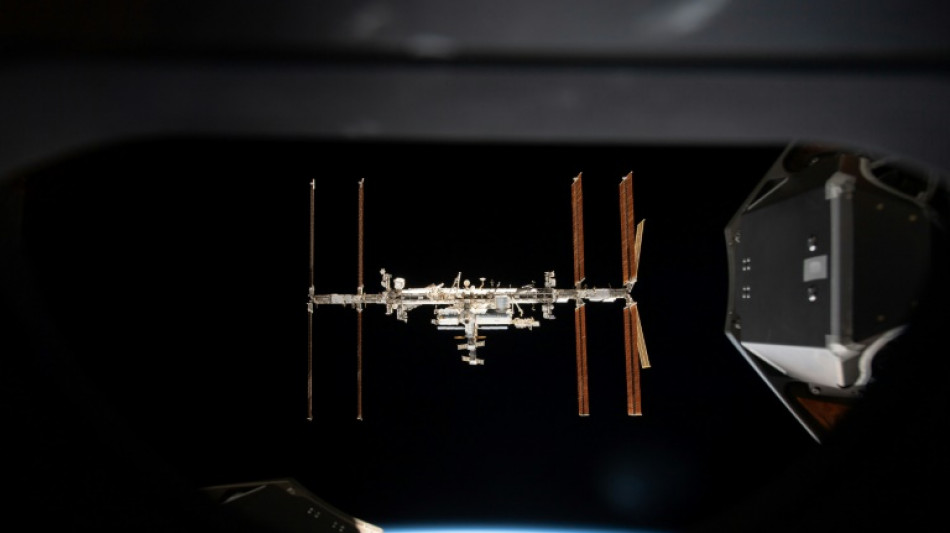
-
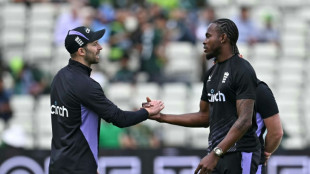 England's Archer in 'happy place', Wood 'full of energy' ahead of Ashes
England's Archer in 'happy place', Wood 'full of energy' ahead of Ashes
-
Luxury houses eye India, but barriers remain
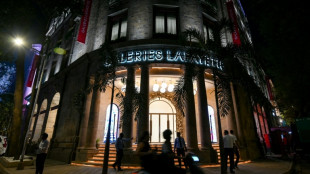
-
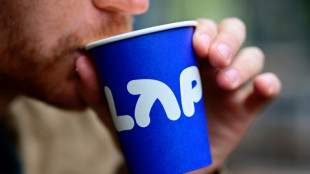 Budget coffee start-up leaves bitter taste in Berlin
Budget coffee start-up leaves bitter taste in Berlin
-
Reyna, Balogun on target for USA in 2-1 win over Paraguay

-
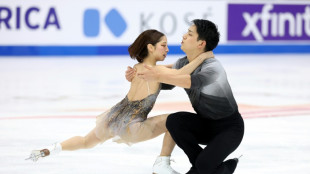 Japa's Miura and Kihara capture Skate America pairs gold
Japa's Miura and Kihara capture Skate America pairs gold
-
Who can qualify for 2026 World Cup in final round of European qualifiers

-
 UK to cut protections for refugees under asylum 'overhaul'
UK to cut protections for refugees under asylum 'overhaul'
-
England's Tuchel plays down records before final World Cup qualifier

-
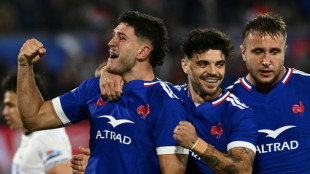 Depoortere double helps France hold off spirited Fiji
Depoortere double helps France hold off spirited Fiji
-
Scotland face World Cup shootout against Denmark after Greece defeat

-
 Hansen hat-trick inspires Irish to record win over Australia
Hansen hat-trick inspires Irish to record win over Australia
-
Alcaraz secures ATP Finals showdown with 'favourite' Sinner
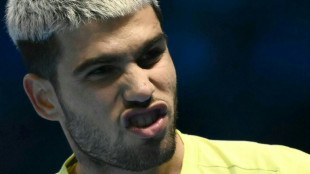
-
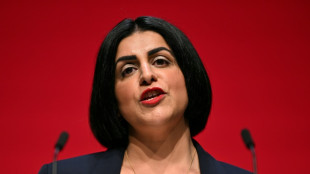 UK to cut protections for refugees under asylum 'overhaul': govt
UK to cut protections for refugees under asylum 'overhaul': govt
-
Spain, Switzerland on World Cup brink as Belgium also made to wait
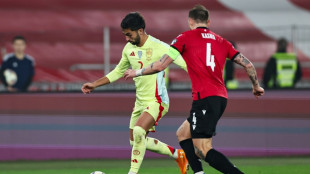
-
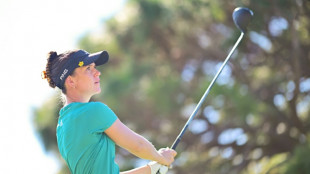 Sweden's Grant leads by one at LPGA Annika tournament
Sweden's Grant leads by one at LPGA Annika tournament
-
Scotland cling to hopes of automatic World Cup qualification despite Greece defeat
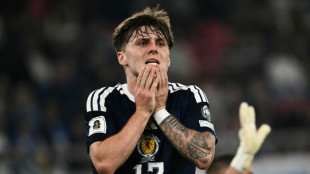
-
 Alcaraz secures ATP Finals showdown with great rival Sinner
Alcaraz secures ATP Finals showdown with great rival Sinner
-
England captain Itoje savours 'special' New Zealand win

-
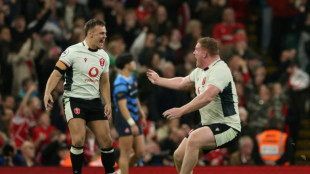 Wales's Evans denies Japan historic win with last-gasp penalty
Wales's Evans denies Japan historic win with last-gasp penalty
-
Zelensky renews calls for more air defence after deadly strike on Kyiv

-
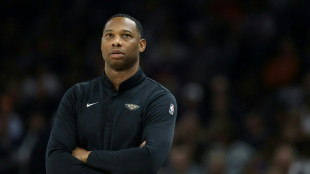 NBA's struggling Pelicans sack coach Willie Green
NBA's struggling Pelicans sack coach Willie Green
-
Petain tribute comments raise 'revisionist' storm in France
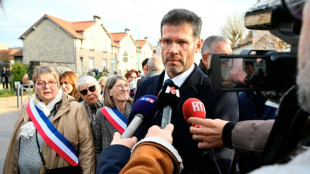
-
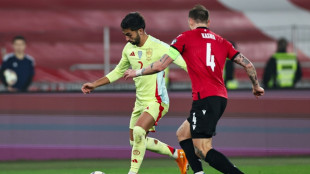 Spain on World Cup brink as Belgium also made to wait
Spain on World Cup brink as Belgium also made to wait
-
Spain virtually seal World Cup qualification in Georgia romp
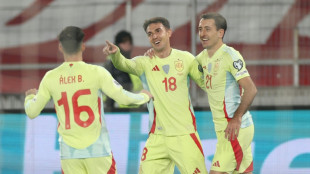
-
 M23, DR Congo sign new peace roadmap in Doha
M23, DR Congo sign new peace roadmap in Doha
-
Estevao, Casemiro on target for Brazil in Senegal win

-
 Ford steers England to rare win over New Zealand
Ford steers England to rare win over New Zealand
-
Massive march in Brazil marks first big UN climate protest in years
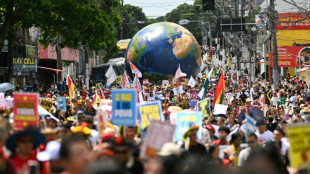
-
 Spain rescues hundreds of exotic animals from unlicensed shelter
Spain rescues hundreds of exotic animals from unlicensed shelter
-
Huge fire sparked by explosions near Argentine capital 'contained'
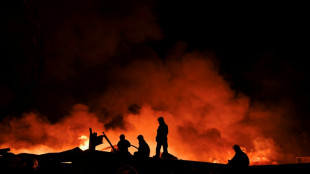
-
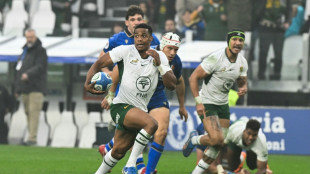 South Africa defy early red card to beat battling Italy
South Africa defy early red card to beat battling Italy
-
Sinner beats De Minaur to reach ATP Finals title match
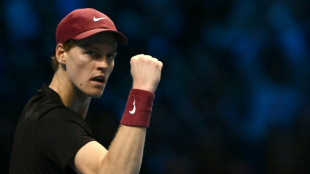
-
 Zelensky vows overhaul of Ukraine's scandal-hit energy firms
Zelensky vows overhaul of Ukraine's scandal-hit energy firms
-
South Africa defy early red card to beat Italy
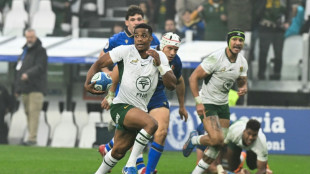
-
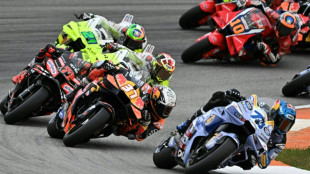 Alex Marquez claims Valencia MotoGP sprint victory
Alex Marquez claims Valencia MotoGP sprint victory
-
McIlroy shares lead with Race to Dubai title in sight
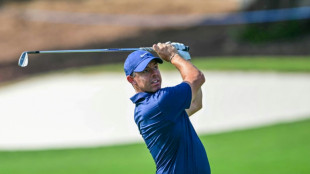
-
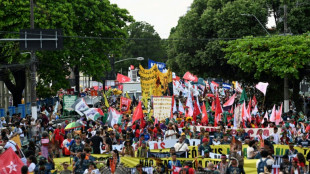 Climate protesters rally in Brazil at COP30 halfway mark
Climate protesters rally in Brazil at COP30 halfway mark
-
Spike Lee gifts pope Knicks jersey as pontiff meets film stars
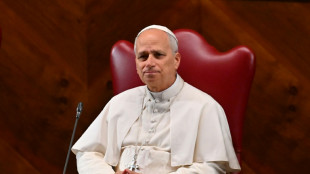
-
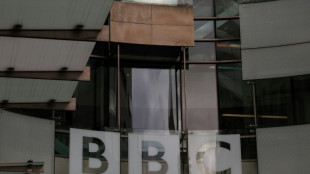 BBC caught in crossfire of polarised political and media landscape
BBC caught in crossfire of polarised political and media landscape
-
'Happy' Shiffrin dominates in Levi slalom for 102nd World Cup win
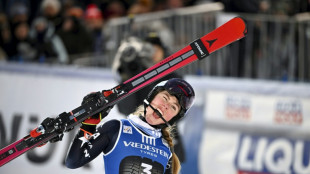
-
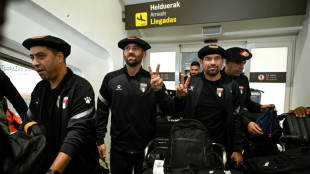 Palestinian national team on 'mission' for peace in Spain visit
Palestinian national team on 'mission' for peace in Spain visit
-
Brazilian 'Superman' cheers child cancer patients in Ghana
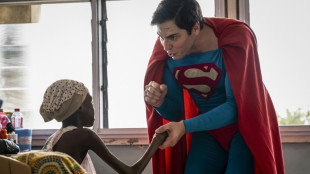
-
 India close in on win over South Africa after Jadeja heroics
India close in on win over South Africa after Jadeja heroics
-
Huge explosions rock industrial area near Argentina's capital

-
 Bezzecchi takes pole for Valencia sprint and MotoGP
Bezzecchi takes pole for Valencia sprint and MotoGP
-
Dominant Shiffrin leads after first slalom run in Levi

-
 Nine killed in accidental explosion at Indian Kashmir police station
Nine killed in accidental explosion at Indian Kashmir police station
-
Climate protesters to rally at COP30's halfway mark

-
 Fighting South Africa lose Rickelton after India 189 all out
Fighting South Africa lose Rickelton after India 189 all out
-
Harmer leads South Africa fightback as India 189 all out


What happens to the human body in deep space?
Bone and muscle deterioration, radiation exposure, vision impairment -- these are just a few of the challenges space travelers face on long-duration missions, even before considering the psychological toll of isolation.
As US astronauts Butch Wilmore and Suni Williams prepare to return home after nine months aboard the International Space Station (ISS), some of the health risks they've faced are well-documented and managed, while others remain a mystery.
These dangers will only grow as humanity pushes deeper into the solar system, including to Mars, demanding innovative solutions to safeguard the future of space exploration.
- Exercise key -
Despite the attention their mission has received, Wilmore and Williams' nine-month stay is "par for the course," said Rihana Bokhari, an assistant professor at the Center for Space Medicine at Baylor College.
ISS missions typically last six months, but some astronauts stay up to a year, and researchers are confident in their ability to maintain astronaut health for that duration.
Most people know that lifting weights builds muscle and strengthens bones, but even basic movement on Earth resists gravity, an element missing in orbit.
To counteract this, astronauts use three exercise machines on the ISS, including a 2009-installed resistance device that simulates free weights using vacuum tubes and flywheel cables.
A two-hour daily workout keeps them in shape. "The best results that we have to show that we're being very effective is that we don't really have a fracture problem in astronauts when they return to the ground," though bone loss is still detectable on scans, Bokhari told AFP.
Balance disruption is another issue, added Emmanuel Urquieta, vice chair of Aerospace Medicine at the University of Central Florida.
"This happens to every single astronaut, even those who go into space just for a few days," he told AFP, as they work to rebuild trust in their inner ear.
Astronauts must retrain their bodies during NASA's 45-day post-mission rehabilitation program.
Another challenge is "fluid shift" -- the redistribution of bodily fluids toward the head in microgravity. This can increase calcium levels in urine, raising the risk of kidney stones.
Fluid shifts might also contribute to increased intracranial pressure, altering the shape of the eyeball and causing spaceflight-associated neuro-ocular syndrome (SANS), causing mild-to-moderate vision impairment. Another theory suggests raised carbon dioxide levels are the cause.
But in at least one case, the effects have been beneficial. "I had a pretty severe case of SANS," NASA astronaut Jessica Meir said before the latest launch.
"When I launched, I wore glasses and contacts, but due to globe flattening, I now have 20/15 vision -- most expensive corrective surgery possible. Thank you, taxpayers."
- Managing radiation -
Radiation levels aboard the ISS are higher than on the ground, as it passes through through the Van Allen radiation belt, but Earth's magnetic field still provides significant protection.
The shielding is crucial, as NASA aims to limit astronauts' increased lifetime cancer risk to within three percent.
However, missions to the Moon and Mars will give astronauts far greater exposure, explained astrophysicist Siegfried Eggl.
Future space probes could provide some warning time for high-radiation events, such coronal mass ejections -- plasma clouds from the Sun -- but cosmic radiation remains unpredictable.
"Shielding is best done with heavy materials like lead or water, but you need vast quantities of it," said Eggl, of University of Illinois Urbana-Champaign.
Artificial gravity, created by rotating spacecraft frames, could help astronauts stay functional upon arrival after a nine-month journey to Mars.
Alternatively, a spacecraft could use powerful acceleration and deceleration that matches the force of Earth's gravity.
That approach would be speedier -- reducing radiation exposure risks -- but requires nuclear propulsion technologies that don't yet exist.
Preventing infighting among teams will be critical, said Joseph Keebler, a psychologist at Embry-Riddle Aeronautical University.
"Imagine being stuck in a van with anybody for three years: these vessels aren't that big, there's no privacy, there's no backyard to go to," he said.
"I really commend astronauts that commit to this. It's an unfathomable job."
J.AbuHassan--SF-PST




